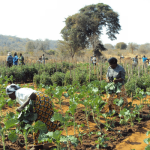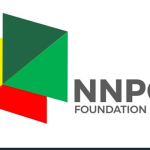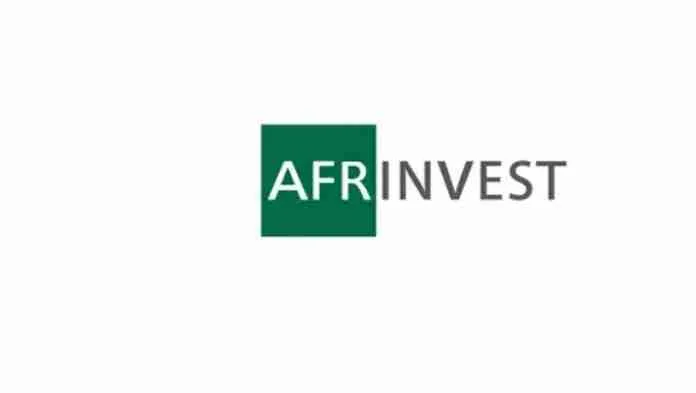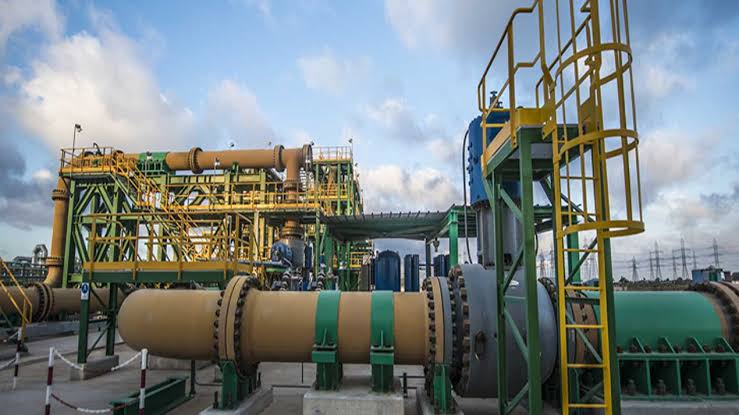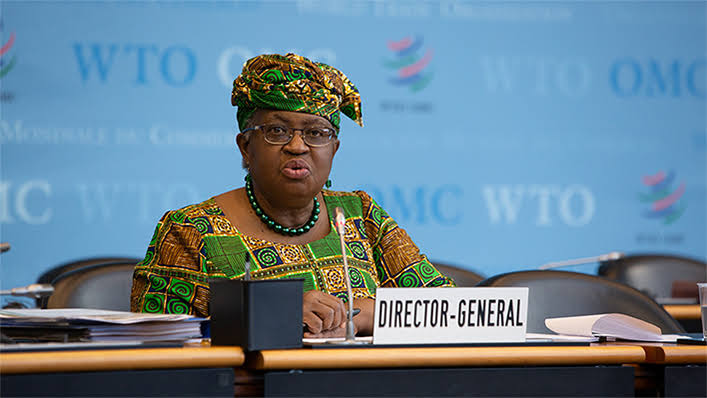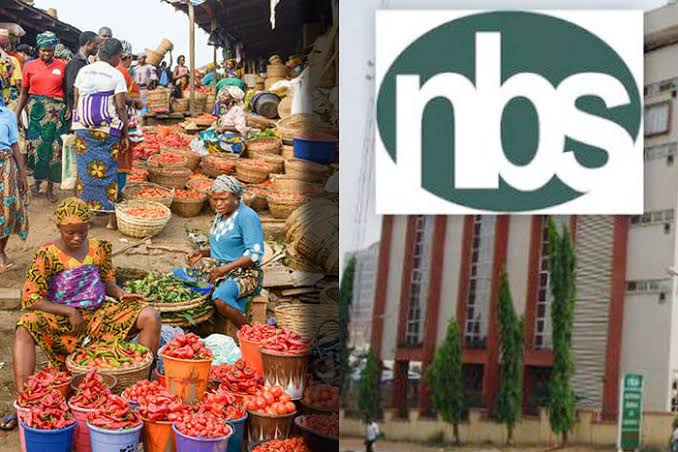Analysts at Afrinvest West Africa have projected that Nigeria’s headline inflation will ease further to 21.3 per cent year-on-year in August 2025, supported by foreign exchange (FX) stability, early harvest inflows, and relatively subdued global commodity prices.
However, they cautioned that persistent food supply constraints and seasonal factors are likely to sustain upward pressure on monthly inflation.
In their latest macroeconomic update, Afrinvest noted that Nigeria’s inflation trajectory has shown signs of moderation, with the headline rate easing for the fourth consecutive month in July.
The figure slowed to 21.9 per cent y/y from 22.2 per cent in June, broadly in line with Afrinvest’s forecast of 21.6 per cent.
The decline was largely attributed to a softer core inflation reading, which dropped to 21.4 per cent y/y in July from 22.4 per cent the previous month.
Despite the improvement in headline and core inflation, food prices remained a major source of concern. Annual food inflation quickened to 22.7 per cent y/y in July from 22.0 per cent in June, highlighting lingering supply-side pressures in the agricultural sector.
Every month, headline inflation also picked up to 2.0 per cent in July, compared with 1.7 per cent in June, driven largely by elevated food costs.
Afrinvest attributed the persistent food inflation to seasonal lean-period shortages, flooding in key farming regions, and transportation bottlenecks.
Food inflation on a month-on-month basis stood at 3.1 per cent in July, only slightly below June’s 3.3 per cent, while core inflation moderated to 1.1 per cent from 1.2 per cent, signalling some relief in non-food categories.
The firm explained that the broader disinflation trend reflects the impact of high base effects from last year’s elevated inflation levels, relatively stable FX, reduced fuel distribution costs, softer global commodity prices—particularly wheat and diesel—and the recent rebasing of the Consumer Price Index (CPI) basket.
Nevertheless, analysts warned that the uptick in food inflation and higher monthly inflation print point to continuing structural challenges, including insecurity in farming regions, weather disruptions, and logistics inefficiencies.
These factors, they said, could limit the speed of disinflation in the months ahead, even as headline inflation remains on a gradual easing path.


